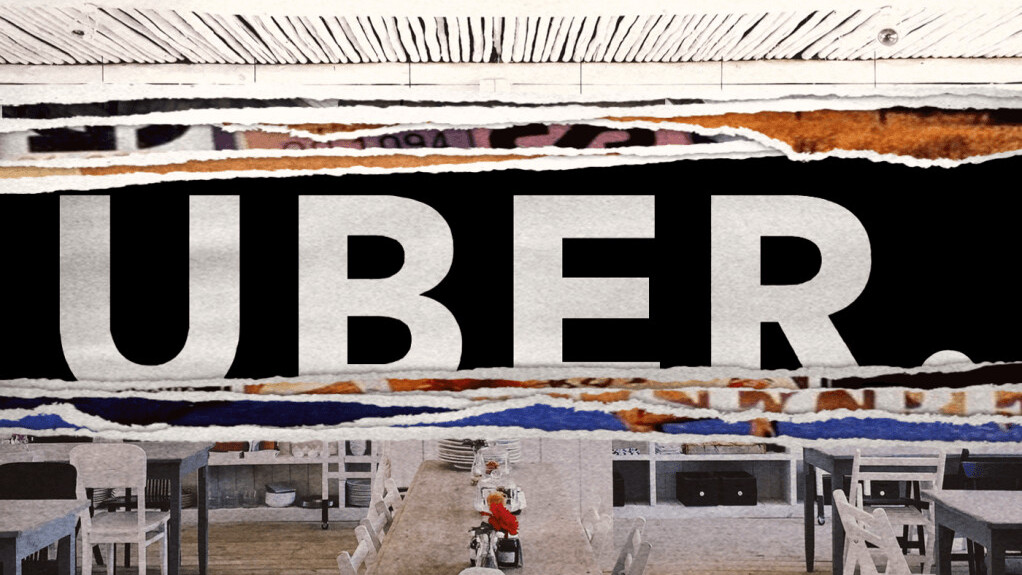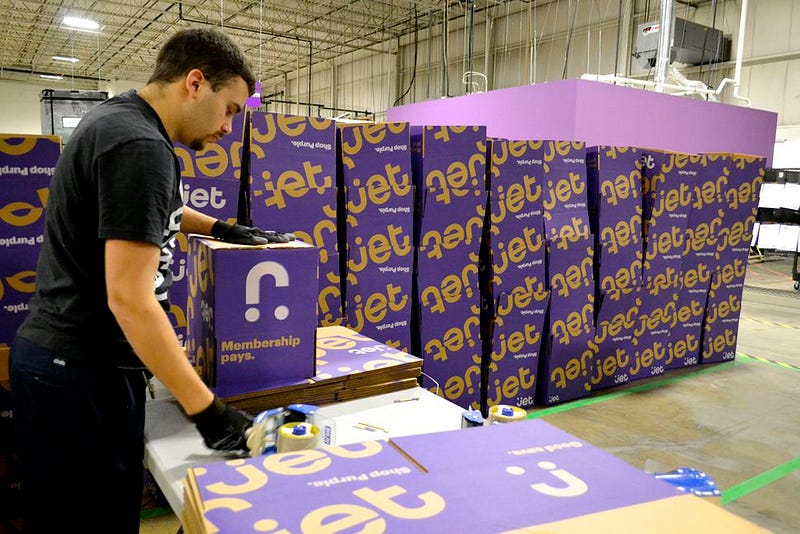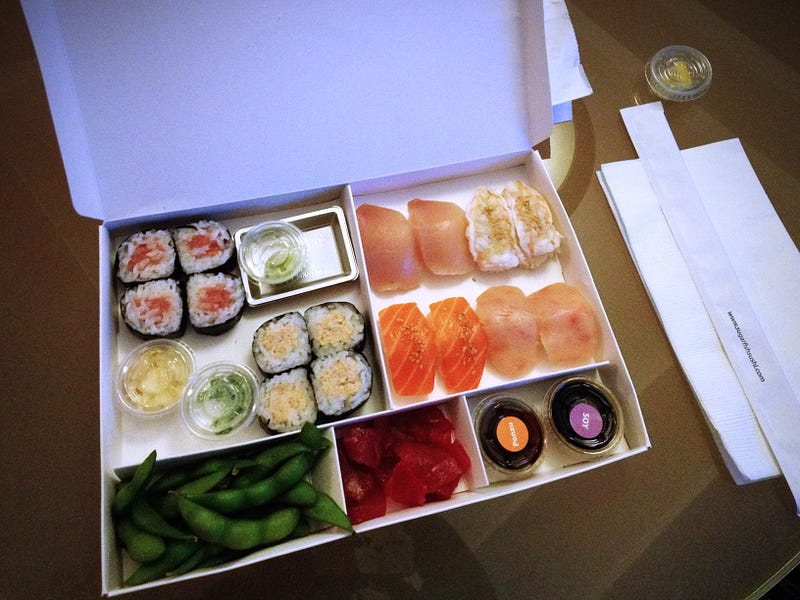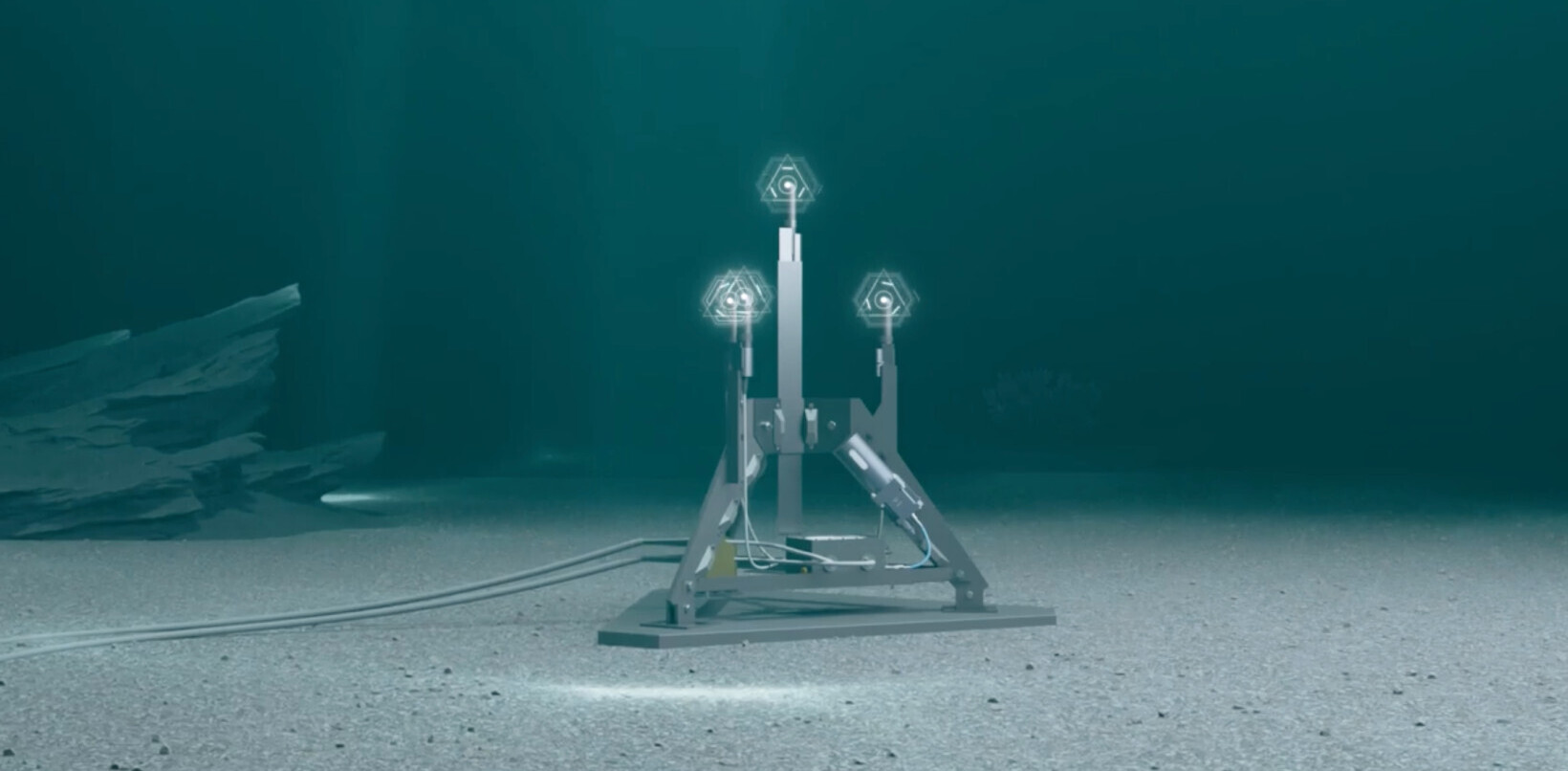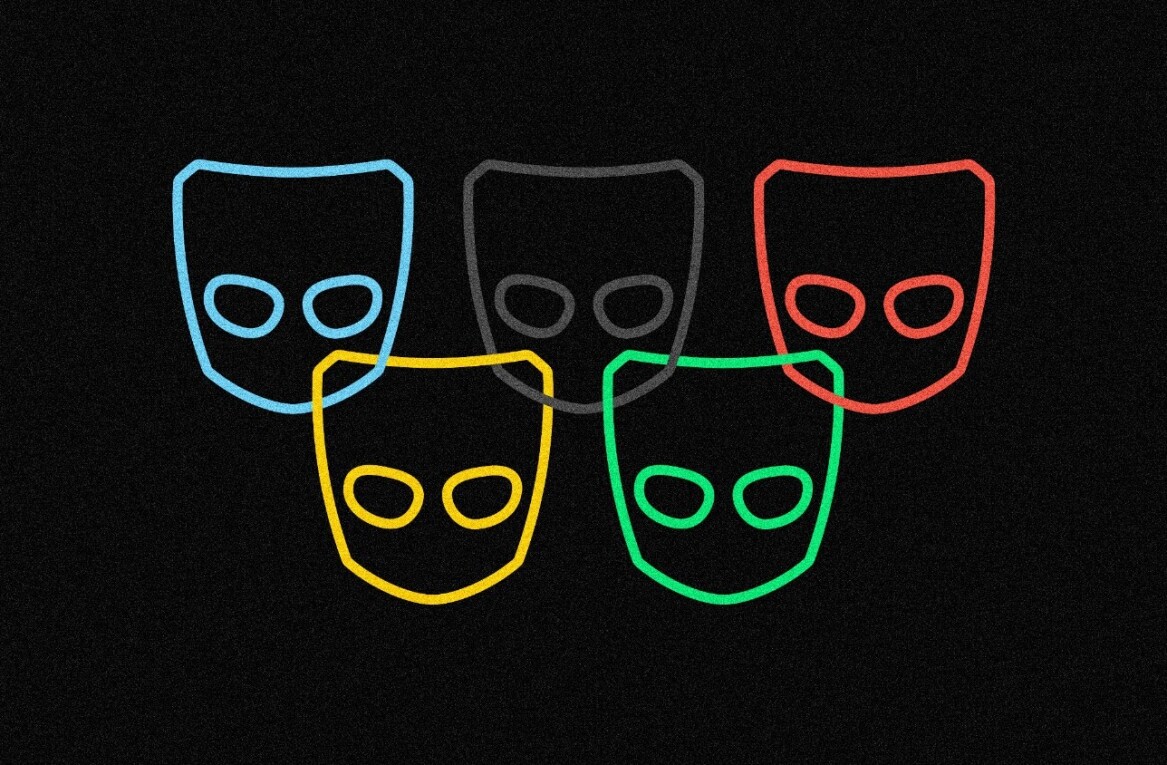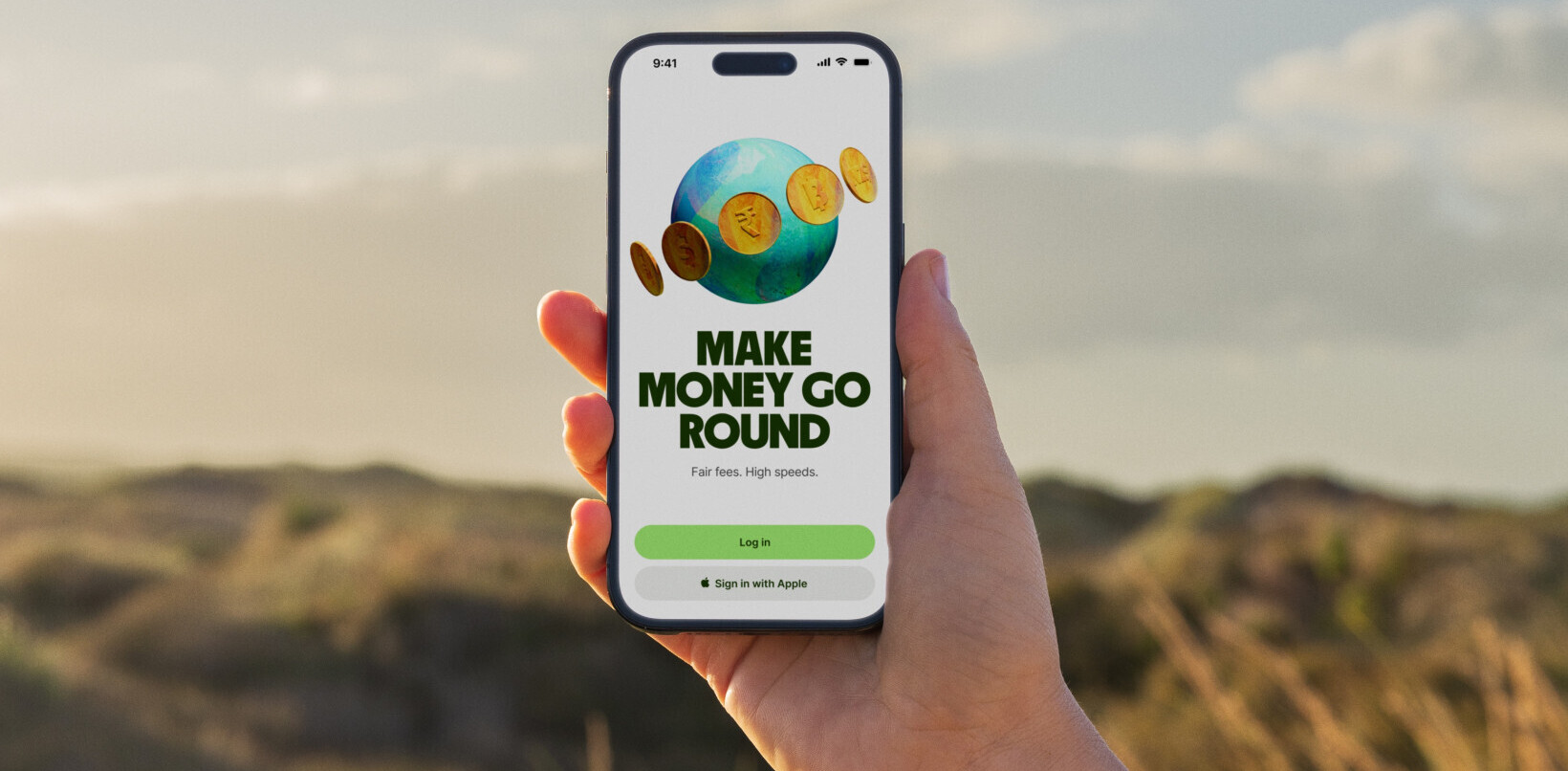To the excitement of credit card addicts everywhere, Uber announced its new Uber Credit Card last month. Needless to say, I was pretty pumped.
4% on Restaurants/Dining
3% on Travel
2% on Online purchases
1% on Everything Else.Uber might have just released my favorite credit card https://t.co/w8AxOHYjkd
— Nick Abouzeid (@nickabouzeid) October 25, 2017
At first glance, this seemed like a natural progression of Uber’s core business. Nearly every airline and hotel offers their own co-branded credit card, specifically built to lock-in frequent travelers with miles and points.
However, to credit card power users, Uber’s rewards were baffling. With only two percent cash back on any Uber ride, there are a number of bank-owned travel cards that offer better cash-back bonuses than those offered by the Uber card:
- The Chase Sapphire Reserve (which has become the go-to card for millennials) offers ~four percent back on any travel expenses, including Uber.
- The American Express EveryDay card offers up to 3.6 percent back on any Uber if used often enough every month and points are re-spent on Uber rides.
Weird that Uber's credit card gives higher cash back on dining than Uber rides: https://t.co/RoSWD8lE2g pic.twitter.com/xbRaMM9oII
— Zak Kukoff (@zck) October 25, 2017
One could write this off as a low-effort entrance into an established industry for this travel company. However, to do so would ignore Uber’s true intention: to combine your restaurant spending data and location history to launch the first data-driven restaurant empire in the world.
Unlike other travel companies, Uber’s immediate focus with this card isn’t locking you into its platform. Uber wants your restaurant spending data. They want to know which restaurants you visit, which cuisines and dishes you prefer, and how much you spend every time you visit.
This isn’t a new endeavor, but rather them doubling down on UberEats’ recent success. Available in more than 120 markets globally, UberEats has grown by 2400 percent between March of 2016 and March 2017. Profits from UberEats have actually eclipsed ridesharing profits in markets like Tokyo, Taipei, and Seoul.
Uber already knows how you travel around your city, oftentimes better than city planners. This dataset is powerful, allowing Uber to watch and predict where millions of people move around cities and neighborhoods around the world. This data can have a real-world impact: Uber has already learned to charge wealthy users more per ride and classify riding patterns as one-night stands… the possibilities are nearly endless.
This new spending data will allow them to not only see where you go every day but what you do once you arrive
Uber will be able to watch various neighborhoods travel into Chinatown for dinner, or into The Mission for al pastor tacos and drinks next door. They’ll know exactly which coffee and dessert places are popular with each demographic. They’ll know exactly which restaurants in every neighborhood get you to spend far too much on pizza, locally-brewed IPAs, and fries dipped in chipotle aioli.
The evidence for this theory lies in the new Uber Credit Card incentives.
Instead of locking in card users as Uber riders with bigger rewards (both up-front with higher cash-back percentages or on the back-end as “bonus redemption” categories for accrued points), the Uber Credit Card gives out an industry-leading four percent back on any restaurant purchase (including UberEats!).
Not only is this card sold as your best option for dining out, it beats nearly every credit card on the market for restaurant rewards spending:
- The AARP Credit Card from Chase offers three percent back on dining. Funnily enough, you don’t have to be over 50 to apply.
- The PNC Cash Rewards card also offers three percent back on dining, but is only available in 18 states. Not a terribly popular card.
- The aforementioned Chase Sapphire Reserve card also offers ~four percent back on dining, but comes with a supersized $450 annual fee. Ouch.
The US Bank Cash Card was the only card with no annual fee that beats the Uber card, with a stunning 5–5.5 percent back on restaurant spending. I‘ve never seen one of these cards in real life. (side note: The art of churning, or credit card reward maximization, is a very deep rabbit hole to jump into. I’m sure schemes exist that give four pecent+ back on restaurant spending, but none apart from Uber’s card are widely accessible to non-churners).
Uber’s insistence on beating the market rate for this spending data (by paying more than nearly every other card’s rewards) lends credibility to the argument that Uber really wants your credit card data.
They’ve actually already tried to acquire this unique data set… twice
In late 2016, Uber began asking for permission to track your location even when you’re not using the app. However, this controversial initiative was killed this August, perhaps in anticipation of the Uber Credit Card announcement.
In addition, Uber just reintroduced “Local Offers,” a way for users to get free rides by linking their Visa card to their Uber account. This new program transparently pays consumers for their transaction data: it’s no coincidence this was brought back only two months before the Uber credit card.
Edit: Uber publicly denied that they would receive an individual’s spending habits from the Uber card. However, that doesn’t discount their previous attempts to acquire this data and don’t prevent them from acquiring this data in the future from the card or other avenues.
Ok, so what? Cool graph, but why does Uber want it?
Uber wants to own the entire restaurant industry
Armed with data about your eating habits, Uber will be able to predict and satisfy your every craving.
This is a huge and growing market: the amount of food dollars spent on restaurants and takeaway has increased from 34 percent in 1974 to 50 percent in 2014. Avocado toast sales jumped 5200 percent between 2014 and 2016, according to a recent post from Square. Stereotypes are real, it seems.
This isn’t a new business strategy: companies have always fought for control of your food purchases because of something we’ll call the “while I’m here” effect. When consumers visit a store to purchase something they need (like food), they’re far more likely to purchase ancillary products.
Retailers like Walmart have leveraged this effect for years. When Walmart’s growth stalled in 1988, founder Sam Waltman started selling groceries: by cutting prices on everyday food items, Walmart was able to decimate grocery chains and drive sales of high-margin, everyday items like socks, toothpaste, and laundry detergent.
This theory works for online businesses as well. The success of Amazon’s recommendation engine has alone been the subject of Fortune Magazine articles, and Jet.com’s success relies on your inability to say “no” to one-time discounts on thousands of items based on what you’ve already added to your cart. Surprise, surprise: Walmart purchased Jet.com for three billion dollars in 2016.
Uber has already made moves in this direction, starting with Uber-affiliated “ghost kitchens”
… virtual restaurants with no retail locations that sell food exclusively through food delivery apps. No expensive rents, wait staff, or tables for customers: just a kitchen and an iPad with WiFi.
This is not a new concept – early this year, TNW investigated Green Summit, a NY-based startup that now operates four kitchens (three in NYC, one in Chicago) that support 16 different restaurants, available exclusively on UberEats competitors Seamless and GrubHub.
Uber has already launched ghost restaurants in San Francisco, Chicago, Atlanta, Denver, Philadelphia and Toronto, according to Elyse Propis, UberEats’ program manager of restaurant innovation.
Instead of owning the kitchen, Uber partnered with local establishments to cook and fulfill the orders placed at Uber-owned ghost restaurants. Starting in 2016, one of their trial restaurants brought in “about $2,000 per week in sales” and surging “up to $5,000 per week during [special events] like the recent Mayweather-McGregor fight.”
This extra revenue can represent a significant sum for small restaurants, who can eliminate many of the costs associated with running a food establishment, like rent for a large seating area and wait staff to bus tables and take orders.
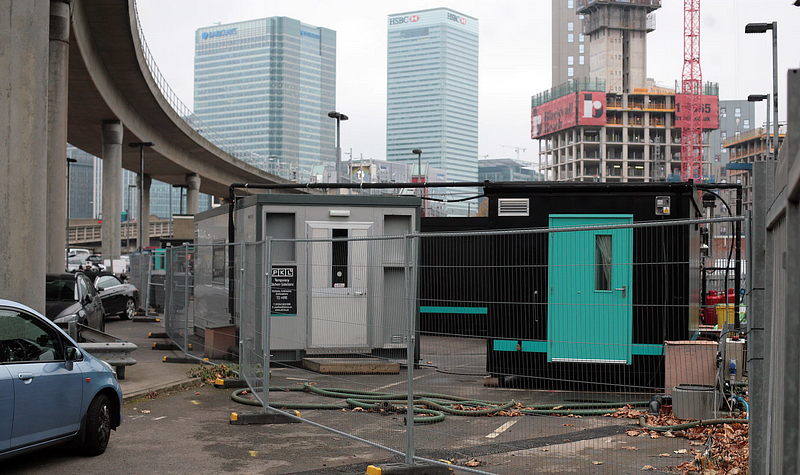
Uber isn’t alone. Deliveroo, which has raised almost $1 billion since their inception in 2014, was caught planning to secretly open 150 ghost restaurants across the UK by the end of 2017. Their ghost kitchens operate out of shipping containers at industrial sites hidden under overpasses.
The next wave of delivery restaurants won’t be on Main Street
… they’ll be tucked away into hidden kitchens in the backs of nondescript buildings.
I like cheap delivery food. Why should I be worried?
From a restaurateur’s perspective, these restaurants are powerfully efficient. The front of the house in any restaurant is expensive and space-inefficient, especially as wages and rents are increasing in cities around the world. Ghost restaurants can deliver the same food at a lower price point.
From a consumer’s perspective, ghost restaurants offer certain advantages as well. Hyper-targeted cuisines based on the food you were looking for already is enticing – as new trendy dishes are discovered, delivery restaurants will be able to rapidly change their menu and brand based on customer demand. Instant restaurant brand, menu, and price A/B testing is finally possible.
However, there are downsides to this model
As most ghost kitchens have no address, their restaurants are almost never represented on review platforms like Yelp or Foursquare. Users are left powerless to report sometimes legitimate concerns about a meal (i.e. undercooked meat), and in-app review systems become meaningless when the platform owner has a financial incentive to promote certain restaurants over others.
Restaurant owners could also skirt accountability by closing brands associated with public scandals. Chipotle couldn’t change their name after the string of food-borne illnesses caused by tainted ingredients, but ghost restaurants could simply close up shop and relaunch instantly under a different name.
Lastly, there have always been large issues with trusting large technology companies with our data. Last week, Uber announced that 57 million accounts had been compromised by hackers in 2016, only disclosing the leak as part of a board investigation into Uber’s business practices.
Uber can’t be the only company trying to do this.
You’re right. Uber could face steep competition from online restaurant directories like Yelp or Foursquare which have access to similar datasets. Amazon could make a move into this space as well, given their recent expansions into the food industry with the acquisition of Whole Foods.
Restaurant spending is only a portion of overall food spending, and Amazon’s powerful inventory management platform is a powerful contender in the grocery space, especially with their newest 365 perfectly located distribution centers in every major city in the US.
However, no other platform can rival Uber’s delivery speed and reliability, supported by their ~2.5 million drivers around the world. When a freshly-baked pizza can go from amazing to disappointing in twenty minutes, only the services with near-instant delivery can win. Amazon, Yelp, and Foursquare will be left in the dust without a powerful last-mile distribution network, which they don’t have quite yet.
But wait, I like eating at restaurants. It’s fun.
Uber won’t be able to single-handedly kill the restaurant industry. Delicious food, combined with a wonderful setting and service will always draw in friends and families looking for a wonderful night out.
Meet the “Instagrammers’ table” at Boston Chops, featuring special lighting for taking pictures of food.
You also can’t ignore the newest trend of “instagrammable dining experiences,” or restaurants that specifically build their service around helping customers take the perfect picture for Instagram or Snapchat. Smaller, niche restaurants will survive: the mediocre won’t be tolerated
Not many have been able to recreate that same social proof and content with delivery at scale: SUGARFISH, an LA-based sushi restaurant, packages and manicures their delivery orders in disposable, Instagram-ready bento boxes.
Chains with strong brand loyalty will also survive: it’s nearly impossible to replace restaurants with signature dishes like In-N-Out, Starbucks, or McDonald’s (side note: McD’s now delivers via UberEats). Despite Uber’s best wishes, they won’t be able to replace an In-N-Out burger. It’s here to stay.
Coffee shops and other working spaces also have a strong competitive advantage to Uber’s ghost restaurants: free WiFi, good AC, and the productive attitude that comes with the low murmur of conversation and a latte. Delivery can’t compete here, by definition: it’s not fun to work out of your apartment.
So that’s it? Uber just wants to start fake restaurants?
This dataset is far more powerful
Armed with your spending data, Uber could dig far deeper into the restaurant industry:
- Uber-owned and operated restaurants, designed with data and promoted directly in the Uber and UberEats apps: “Your Uber ride to Bob’s Burgers is free if you leave in the next ten minutes. We have a table waiting for you.” Startups like Reserve and cake.af have launched in this space already.
- Drive-through coffee shops powered by Uber, which you can opt-into visiting for free during Uber rides. Order your drink directly in the app, and your ride will swing by and pick it up. No fancy storefront needed.
- Convenience or grocery stores located along your ride. Pre-order anything you need, and your Uber driver will swing by an unmarked location during or before your ride to pick up your items.
The possibilities are endless when you can predict consumer demand.
Yes, Uber would face steep competition from Amazon and other companies that already have powerful inventory management systems for goods that have a near-infinite shelf-life (e.g. books). Yelp and Foursquare could also compete in this space, armed with years of consumer culinary preferences.
However, none of these competitors have Uber’s last-mile delivery network, a key component for successfully delivering goods that can go bad in minutes or hours. Amazon and Yelp are all investing in their last mile-delivery networks, they aren’t quite there… yet.
Existing food delivery apps like Postmates, Grubhub, and Seamless could also compete. However, their datasets exclude in-house restaurant orders, weakening their predictive models, and their delivery networks are far smaller than Uber’s.
What happens now? Should I use the card?
In short, yes. We already sell every piece of data about our lives. Facebook, Google, Amazon, Twitter, etc. already package and sell your data to businesses around the world who try to sell you more things.
As long as your data is collected ethically and stored securely, consumers benefit from the marketplace finding value in otherwise worthless data.
So… you might as well enjoy four percent back. You’re already selling your transaction data to Chase: why not look for the highest bidder?
Get the TNW newsletter
Get the most important tech news in your inbox each week.
